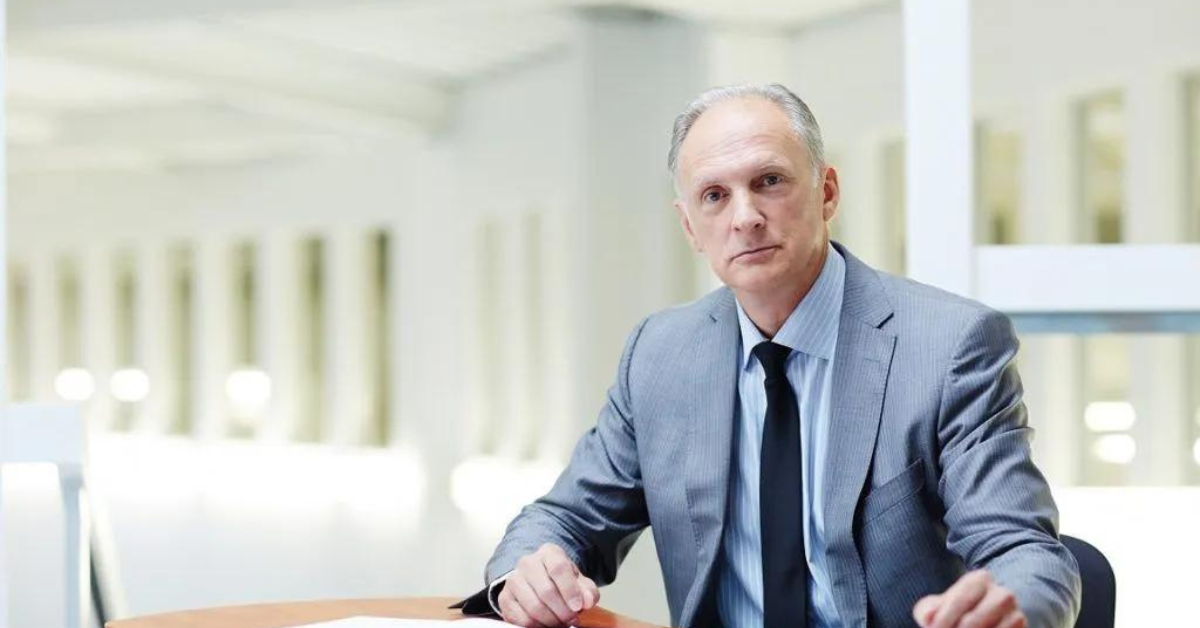In the corporate world, the image of a CEO often conjures up visions of an infallible leader—larger-than-life, unflappable, and always in control. This perception has trickled down from the world’s largest corporations to small businesses globally, creating a flawed belief that leaders must be seen as all-powerful, all-knowing figures. However, a personal experience with the former CEO of a very large company shattered this stereotype for me, changing my understanding of what true leadership entails. This story explores how vulnerability, humility, and authenticity can redefine effective leadership.
The Traditional CEO Image
The Myth of the Infallible Leader
The traditional image of a CEO is often one of perfection. This leader is expected to have all the answers, make no mistakes, and maintain a steadfast demeanor at all times. This myth perpetuates the idea that vulnerability and humility are weaknesses, and that showing any sign of doubt or imperfection could undermine a leader’s authority and effectiveness.
The Influence on Corporate Culture
This mentality has not only shaped the expectations of CEOs but has also influenced the culture of companies worldwide. From boardrooms to small businesses, leaders feel pressured to project an image of invincibility. This has led to a corporate environment where vulnerability is shunned, and humility is seen as a liability rather than a strength.
Meeting the Former CEO
A Chance Encounter
My perception of leadership began to change after a chance encounter with the former CEO of a very large company. I had the opportunity to meet this individual during a business conference. Unlike the stereotypical CEO, this person exuded a sense of approachability and warmth that immediately set them apart.
The Initial Impressions
At first, I was skeptical. Years of conditioning had ingrained in me the belief that CEOs had to be larger-than-life figures. However, as the conversation progressed, I realized that this CEO was different. They were open, genuine, and willing to share their experiences—both successes and failures—without any pretense.
The Power of Vulnerability
Sharing Failures
One of the most striking aspects of our conversation was the CEO’s willingness to discuss their failures. They openly talked about the mistakes they had made throughout their career, and the lessons they had learned from them. This level of transparency was refreshing and challenged my preconceived notions of leadership.
Building Trust
By sharing their vulnerabilities, the CEO demonstrated that trust is built through authenticity. They emphasized that being honest about one’s limitations and challenges fosters a deeper connection with employees and stakeholders. This approach not only humanizes the leader but also creates a more inclusive and supportive corporate culture.
Embracing Humility
Acknowledging the Team
Another key takeaway from our conversation was the CEO’s emphasis on humility. They made it clear that their success was not a solo endeavor but a collective effort. They consistently acknowledged the contributions of their team and gave credit where it was due. This humble attitude was a stark contrast to the self-aggrandizing image often associated with high-ranking executives.
Leading by Example
The CEO’s humility extended beyond mere words; it was evident in their actions. They made a point of being accessible to employees at all levels, listening to their concerns, and valuing their input. By leading by example, they created a culture of mutual respect and collaboration.
Redefining Leadership
The Benefits of Authentic Leadership
This experience made me realize that authentic leadership, characterized by vulnerability and humility, is far more effective than the traditional model of infallibility. Authentic leaders are more relatable, approachable, and trustworthy. They inspire loyalty and commitment by being genuine and transparent.
Shifting Corporate Culture
The impact of this leadership style extends beyond the individual leader. It has the potential to transform corporate culture as a whole. When leaders embrace vulnerability and humility, it encourages a culture of openness, continuous learning, and shared responsibility. This shift can lead to more innovative and resilient organizations.
Lessons Learned
Challenging Stereotypes
Meeting the former CEO challenged my stereotypes and reshaped my understanding of leadership. It taught me that effective leaders do not need to project an image of perfection. Instead, they should embrace their humanity, acknowledge their limitations, and learn from their experiences.
Applying the Lessons
These lessons have had a profound impact on my own approach to leadership. I have learned to value authenticity over perfection and to prioritize building trust through transparency. By embracing vulnerability and humility, I have been able to foster a more collaborative and supportive environment in my own professional endeavors.
Conclusion
The story of how a former CEO changed my mind about business is a testament to the power of vulnerability and humility in leadership. It challenges the traditional image of the infallible leader and highlights the benefits of authentic leadership. By embracing these qualities, leaders can create more inclusive, innovative, and resilient organizations. This experience has taught me that true leadership is not about being perfect; it is about being genuine, approachable, and willing to learn from both successes and failures.

